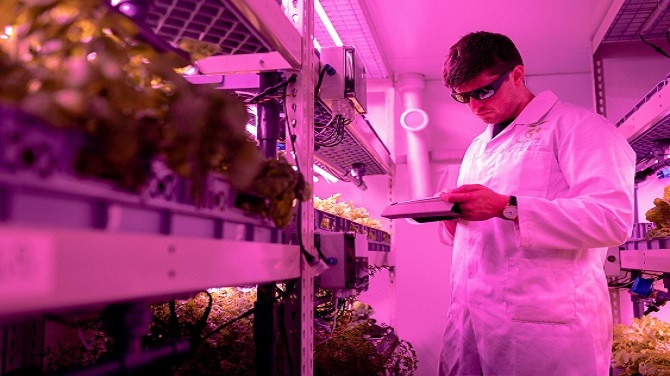The advancement of plant breeding has seen significant contributions from the field of genetics, particularly through the identification and utilization of Quantitative Trait Loci (QTL) and association mapping. These techniques have revolutionized our understanding of complex traits and enabled the development of crops with enhanced productivity, resilience, and nutritional value. This article delves into the principles, methodologies, and applications of QTL and association mapping in plant breeding.
Understanding Quantitative Trait Loci (QTL)
QTL are regions of the genome that are associated with variation in a quantitative trait. Quantitative traits, such as yield, height, and drought tolerance, are typically controlled by multiple genes and can be influenced by environmental factors. Unlike Mendelian traits that are governed by single genes, quantitative traits exhibit continuous variation and are often measured on a numerical scale.
Discovery and Mapping of QTL
The process of QTL mapping involves several steps, starting with the selection of parental lines that exhibit contrasting phenotypes for the trait of interest. These parental lines are then crossed to produce a segregating population, such as F2, backcross, or recombinant inbred lines (RILs). The phenotypic data of the segregating population is collected, and genetic markers, such as simple sequence repeats (SSRs) or single nucleotide polymorphisms (SNPs), are genotyped.
The next step involves statistical analysis to identify associations between the genetic markers and the phenotypic variation. This is typically done using interval mapping, composite interval mapping, or multiple QTL mapping methods. The result is the identification of genomic regions that contribute to the trait variation, which can be further validated through fine mapping and candidate gene analysis.
Association Mapping: A Complementary Approach
While QTL mapping relies on controlled crosses and segregating populations, association mapping (or linkage disequilibrium mapping) leverages natural populations and the historical recombination events that have occurred over generations. This approach offers higher resolution mapping of QTL and can be applied to a wider range of germplasm.
Association mapping involves the analysis of genetic variation within a population of unrelated individuals. The genetic markers and phenotypic data are collected, and statistical methods, such as general linear models (GLM) or mixed linear models (MLM), are used to detect associations between markers and traits. The power of association mapping lies in its ability to detect small-effect QTL and to exploit the diverse genetic backgrounds present in natural populations.
Applications in Plant Breeding
The identification of QTL and the insights gained from association mapping have profound implications for plant breeding. These techniques enable the dissection of complex traits into their genetic components, facilitating marker-assisted selection (MAS) and genomic selection (GS).
Marker-Assisted Selection (MAS): MAS involves the use of genetic markers linked to QTL to select for desirable traits in breeding programs. This accelerates the breeding process by allowing selection at the seedling stage, reducing the need for extensive phenotypic evaluations. For example, QTL associated with disease resistance can be used to develop resistant varieties through MAS.
Genomic Selection (GS): GS is a more recent approach that uses genome-wide markers to predict the breeding value of individuals. Unlike MAS, which focuses on a few QTL, GS considers the entire genome, capturing both major and minor effect QTL. This approach has shown promise in improving complex traits such as yield and stress tolerance.
